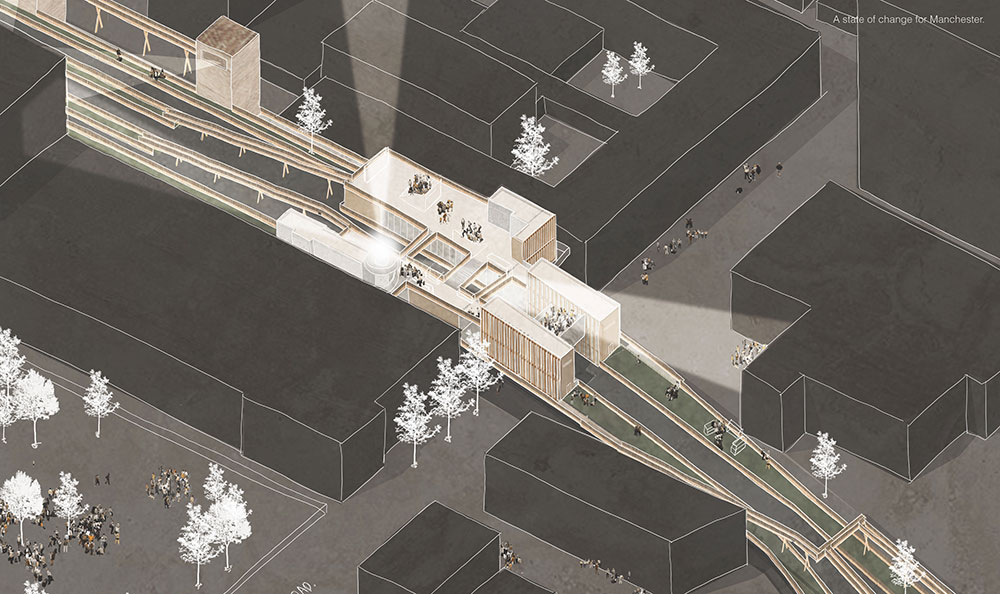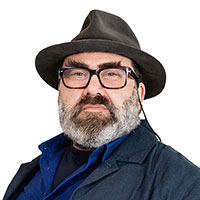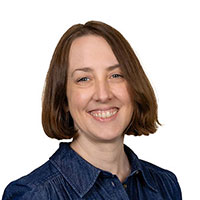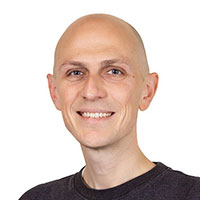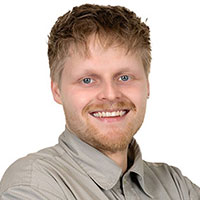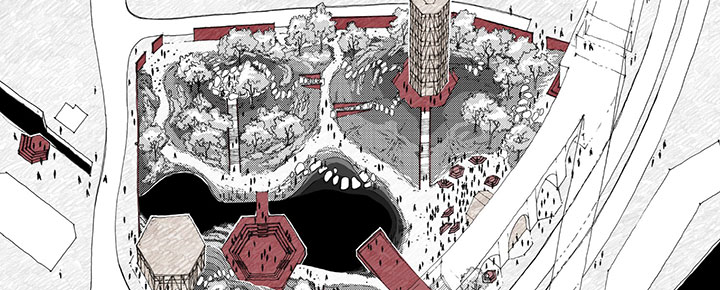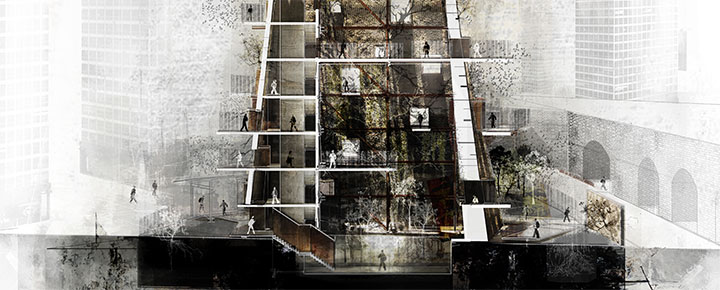How can Architecture establish a State of Change?
The Creative Practitioner: Flux Atelier’s pedagogy is student centred learning. Students’ starting point is a brief from the developer (client) that frames questions they are seeking answers to in real time across the academic year. They are then challenged with undertaking a deep immersion in the physical site and its people. This is a reflective and student led approach to developing new ways of working and testing them in a real-world context. Flux atelier affords each student opportunities to explore what kind of creative practitioner they would like to become and establish their own matters of care and concern.
Provocations: Flux teaching is delivered in 3 modes: (1) vertically for peer-to-peer learning, (2) individually to develop individual modes of practice and projects and (3) collaboratively to develop a transdisciplinary approach to urban regeneration. Studio incorporates a regular component of vertical teaching that offers an interaction with the site’s Developer, Masterplanners, Architects, Engineers, Landscape Architect.
On alternate weeks the extended teaching team in FLUX offer provocations (and field Notes) from their practice in: Art, Anthropology, Archaeology, Creative Writing, Dark-Design, Fashion, Narrative-Change, Philosophy, Photography and Psychogeography.
Flux Research Cluster: Flux teaching and practice is embedded in academic research around inscriptive practices, the interrupted city and an investigation of the sublime in Architecture. The atelier brief is framed by action research undertaken in parallel by the teaching team and collaborators to investigate how to:
- transform the ways in which practitioners, both creative and built environment professionals, design for urban regeneration.
- create new opportunities for communities to be engaged in the remaking of their city, with a focus on co-authoring the design brief rather than responding to it.
